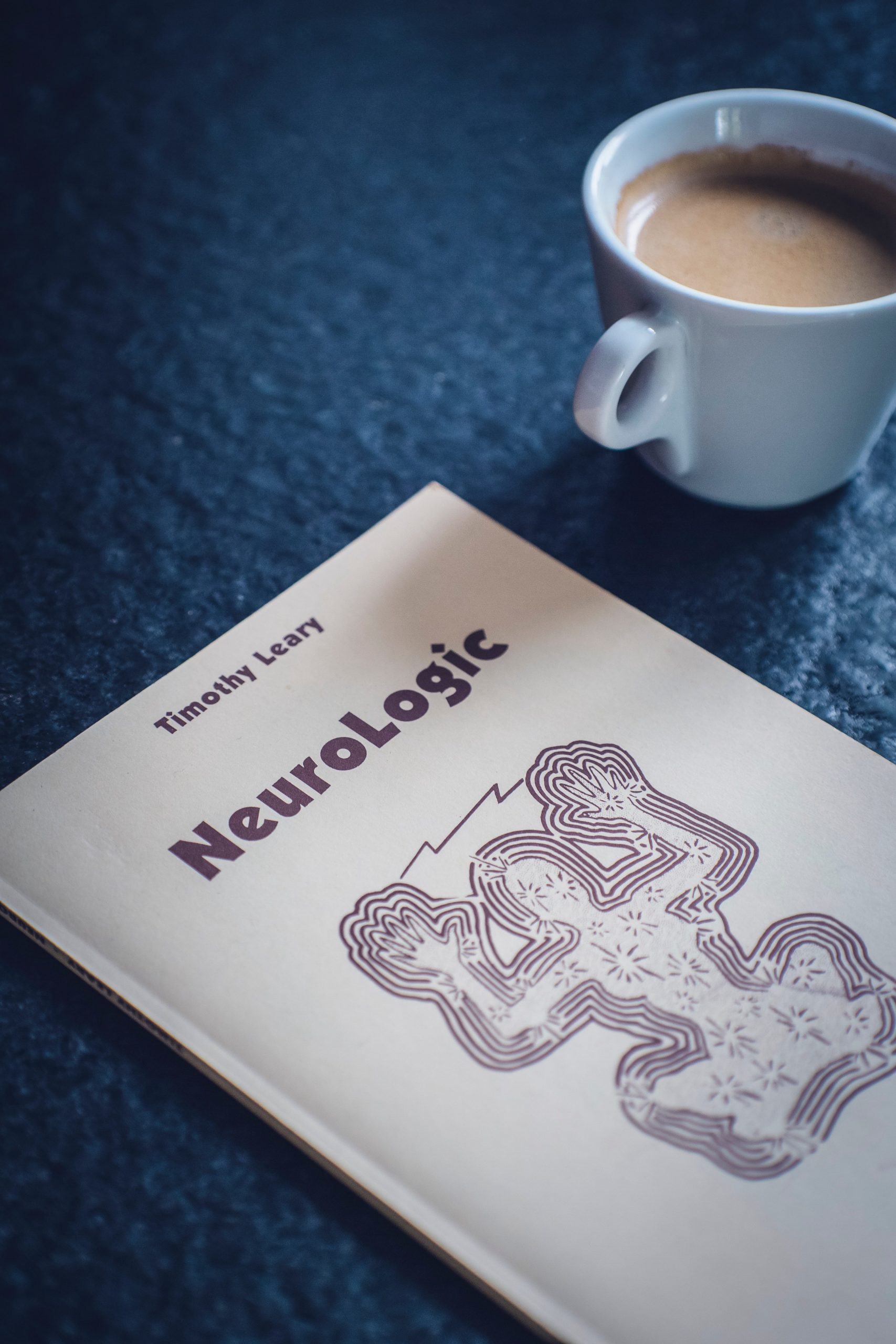This site uses affiliate links to Amazon.com Books for which IANDS can earn an affiliate commission if you click on those links and make purchases through them.
1. Introduction to Brain Stimulation and OBEs
Doctors say they have triggered out-of-body experiences (OBEs) in a female patient by stimulating her brain. They believe their work may help to explain mysterious incidents when people report experiences of “leaving” their body and watching it from above. The doctors did not set out to achieve the effect – they were actually treating the woman for epilepsy. Neurologist Professor Dr. Olaf Blanke and colleagues at University Hospitals of Geneva and Lausanne in Switzerland were using electrodes to stimulate the brain. They found that stimulating one spot – the angular gyrus in the right cortex – repeatedly caused out-of-body experiences (OBEs).
2. The Female Patient’s OBE
Initially, the stimulations caused the woman to feel she was “sinking” into the bed, or falling from a height. When the current amplitude was increased, she reported leaving her body. She told the doctors, “I see myself lying in bed, from above, but I only see my legs and lower trunk.” Further stimulations led to a feeling of lightness and “floating” close to the ceiling. The patient was then asked to watch her real legs as current was passed through the electrodes attached to her head. This time she reported her legs “becoming shorter”. If bent, her legs appeared to be moving quickly towards her face, causing her to take evasive action. A similar effect happened when she was asked to look at her outstretched arms. The left arm appeared shortened, but the right arm was unaffected. If both arms were bent by 90 degrees at the elbow, the woman felt her left lower arm and hand were moving towards her face.
The doctors believe the angular gyrus plays an important role in matching up visual information and the brain’s touch and balance representation of the body. When the two become dissociated, an out-of-body-experience may result. Writing in the journal Nature, the Swiss team said out-of-body experiences tended to be short-lived, and to disappear when a person attempts to inspect the illusory body or body part. Professor Blanke believes that out-of-body sensations may be caused by an overactive angular gyrus. Alternatively, the electrical stimulation might actually have depressed activity in the area.
He said it was impossible to rule out the possibility that other areas of the brain were also involved. He said there was no evidence to suggest that out-of-body experiences were linked to epilepsy. He states, “OBEs have been reported in neurological patients with epilepsy, migraine and after cerebral strokes, but they also appear in healthy subjects. Awareness of a biological basis of OBEs might allow some patients who suffer frequently from OBEs to talk about them more openly. In addition, physicians might take the phenomenon more seriously and carry out necessary investigations such as an EEG, MRI, and neurological examinations.”
However, researchers say that brain-mapping results do not entirely explain these strange reports – nor do reductionist arguments fully explain them. Neurologist Dr. Bruce Greyson of the University of Virginia said the experiment does not necessarily prove that all OBEs are illusions. He said it is possible that some OBEs occur in different ways than the scientists suspect. “We cannot assume from the fact that electrical stimulation of the brain can induce OBE-like illusions that all OBEs are therefore illusions,” replied University of Virginia neurologist Dr. Bruce Greyson.
Dr. Blanke concedes, “We do not fully understand the neurological mechanism that causes OBEs.”
The Swiss researchers mapped the brain activity of a 43-year old woman who had been experiencing seizures for 11 years. They implanted electrodes to stimulate portions of her brain’s right temporal lobe. The temporal lobe, which includes the angular gyrus structure, is associated with perception of sound, touch, memory and speech. Dr. Blanke suspects that the right angular gyrus integrates signals from the visual system, as well as information on touch and balance.
Millions of people have reported OBEs, but relatively few have been clinically analyzed.
In 2001, the British medical journal Lancet published a Dutch study in which 344 cardiac patients were resuscitated from clinical death. About 12 percent reported out-of-body experiences, seeing light at the end of a tunnel, and speaking to dead relatives.











